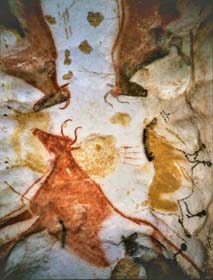Posted by Steve Durbin on August 21st, 2007
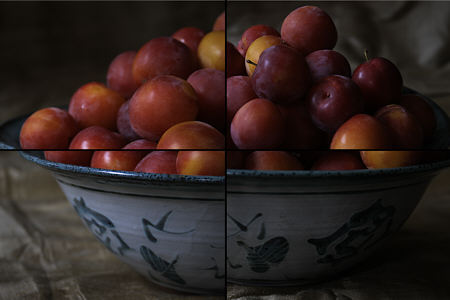
In my current studio phase I’ve been experimenting with an idea that goes back a while, but was most recently brought to life by a show I saw that included the painter Michael Haykin. I’ve been wanting to find a way to combine images in a way that yields something that is more than the sum of its parts. Probably most artists have considered making a Cubist-like multi-perspective image, but as June found out in her struggle to make Cubist biscuits, it’s not at all easy. I certainly haven’t had much success myself, but this time around I do feel I’ve learned something that will affect future work.
more… »
Posted by Karl Zipser on August 20th, 2007
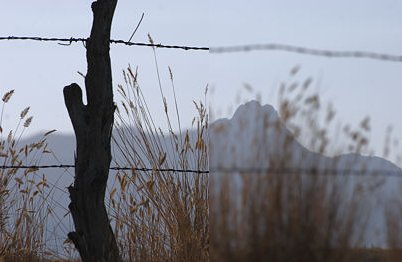
Last week Steve pointed out that a lens-based optical system like a camera or the eye can only focus at one field of depth at a time — meaning, as some sample images he presented illustrated, that other parts of the scene will be out of focus. The images Steve presented were of a landscape. In one image, some plants in the foreground were in focus, whereas a distant mountain was a blur. In the second image, the mountain was in focus, the foreground a blur. [Here I have combined them in one image.] Why, Steve asked for the original images, did painters — at least before the invention of photography — not paint the blur like this? More generally, why don’t artists paint what they see? more… »
Posted by Karl Zipser on August 19th, 2007
Sunil‘s post Art, life: Separate or unified? raised the issue of whether an artist should try to be an artist all of the time. I commented that doing art requires intense observation and sensitivity — which is obvious. What is less obvious is that observation coupled with sensitivity are another way of saying “emotional reactivity.” That is, an insignificant input — the curve of a leaf — can cause a disproportionately large emotional output (that looks beautiful!!!!!) which, coupled with the act of painting, allows the artist to make the brushstroke that the moment requires.
Emotional reactivity is essential for making art, but out of the art-making process, it can be annoying, disruptive, counter-productive. The soldier and the policeman are trained not to have emotional reactivity, but the artist needs to develop it, harness it. The challenge for the artist it to be able to switch it on and off at the right moments.
There are the simply structural solutions for getting out of the art mode: don’t go to the studio on off-days, turn the pictures to the wall. The psychological solutions are more subtle: don’t think about that difficult painting or series at the wrong moments.
What do you do to take a break from art? Is it easier to get into “art mode” or to get out of it?
Posted by June Underwood on August 17th, 2007
David Lewis-Williams in The Mind in the Cave and Inside the Neolithic Mind postulates that religion has its origins in hard-wired brain functions he calls “states of altered consciousness.” Among these altered states are the hypnogogic (just prior to and awakening from sleep) as well as states induced by consciously chosen activities, for example, rhythmic dancing, meditation, and persistent highly rhythmical sound patterns. And then there are the other well-known states, whether chosen or inflicted, that alter consciousness — ingestion of psychotropic substances, intense concentration, fatigue, hunger, sensory deprivation, extreme pain, migraine, temporal lobe epilepsy, hyperventilation, electrical stimulation, near-death experiences, and schizophrenia and other pathological conditions (Inside the Neolithic Mind, page 46).
These states of consciousness, combined with homo sapiens’ ability to remember the visions that occur in such states, says Lewis-Williams, account for the rise of religion, some social organizations (primarily religious hierarchies), and the early paintings and art found in western Europe at places like the caves of Lascaux well as in the Near East around the upper reaches of the Tigris-Euphrates, Jordan, and Turkey. more… »
Posted by Sunil Gangadharan on August 16th, 2007
I had the good fortune to go to a very good group show at the MoMA recently with the provocative title ‘What is painting?’. One among the many works that I ran into was by a lady artist of the 1970’s Lee Lozano. Not having studied at art school, I did not know much about her (well, I did later find out that she really is not a household name) until I came back home and read up a little bit about her. The more I read, the more I was fascinated by how she had managed to integrate art and life into a seamless whole. From reading, I surmised that her desire for painting went beyond the confines of the canvas and she tried through her art/life to incorporate the viewer and her life in a strange union.
more… »
Posted by Steve Durbin on August 15th, 2007
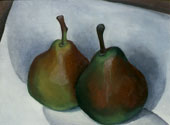

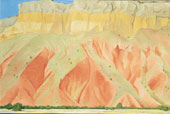
The abstraction is often the most definite form for the intangible thing in myself that I can clarify in paint.
Nothing is less real than realism…details are confusing…it is only by selection, by elimination, by emphasis that we get at the real meaning of things.
Posted by Steve Durbin on August 14th, 2007
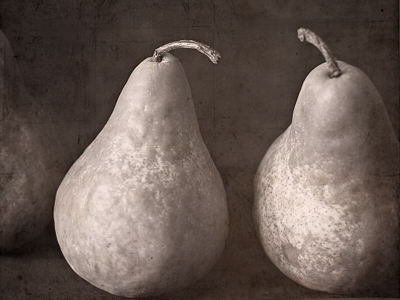
I’ve just started reading The Vexations of Art by Svetlana Alpers, in which she draws an analogy between the artist’s studio and the scientific laboratory, both arising at a time (17th C.) when there was a “change in emphasis from theory to practice, or from science considered primarily as the formation of natural laws to science as the making of experiments.”
more… »


